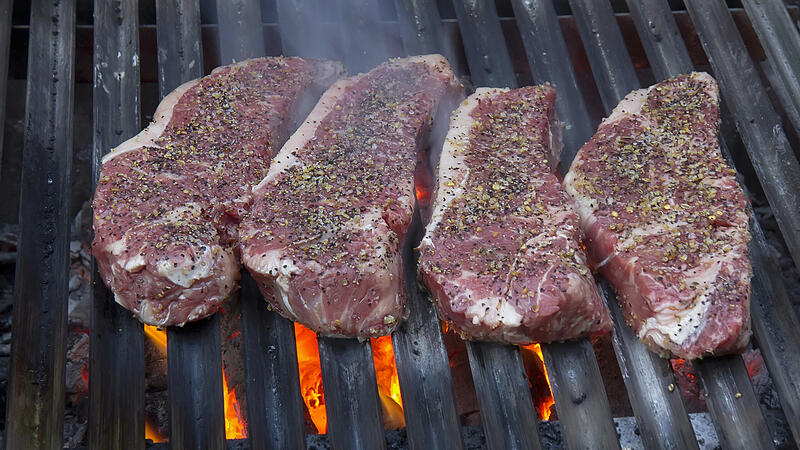Growing meat in the lab is a vision that could pave the way towards sustainable and more ethical food production. The efforts and hopes are correspondingly high. While many initiatives do not disclose their findings due to market considerations, a Graz team is working on a promising approach that is openly accessible. Among other things, the laboratory meat is made to appear to be sore muscles in order to stimulate growth.
Livestock breeding and thus meat production are responsible for extremely high greenhouse gas emissions. The output is about as high as that of the transport sector. Huge agricultural areas are required for the cultivation of animal feed and livestock farming, which is pushing back natural landscapes and accelerating the extinction of species. An alternative approach to satisfying the world’s growing hunger for meat is to grow muscle meat on a larger scale, first in the laboratory and then in larger production facilities. This would also significantly reduce animal suffering, according to the idea.
One kilogram was 4800 euros
Researchers and companies have been recording successes in this area for around ten years. In the meantime, there are first initiatives that are squinting in the direction of the market. However, about two years ago, the price for a kilogram of meat cultivated in this way was still around 5,000 dollars (around 4,800 euros).
The team led by Aleksandra Fuchs from the Austrian Center of Industrial Biotechnology (acib) and Viktorija Vidimce-Risteski from the Institute for Molecular Biotechnology at Graz University of Technology want to significantly reduce this in the medium term. To do this, it must be possible to multiply small meat samples in a nutrient solution in such a way that a few millimeters of tissue ultimately become up to two tons of meat.
The focus is “on the one hand on the production of alternative meat products and on the other hand on the production of animal proteins such as the important iron carriers myoglobin and hemoglobin, which are also required for alternative meat products,” says Vidimce-Risteski.
The former relies on biological mechanisms that are deeply rooted in evolutionary history and are intended to stimulate muscle growth. On the one hand, it is about inhibiting an information path in the cells that prevents them from dividing more or less uninhibitedly. The so-called “hippo pathway” is actually responsible for containing growth in the limited environment in the body.
How the meat should be affordable
For a year and a half, the Graz researchers have been looking for promising active ingredients that can be used to inhibit the signaling pathway. In the meantime, promising candidates have been identified that stimulate the desired development in very small quantities. “So far we have achieved extremely good results with three active ingredients,” said Fuchs. Tests of other candidates are still pending.
In the next step, the scientists then pretend that the tissue is sore by adding messenger substances – so-called myokines – which are also released after physical exertion or sporting training. This also stimulates growth. These molecules are then embedded in the nutrient solution with which the vital molecules such as amino acids, minerals and other nutrients reach the cells. The researchers have also been able to gently produce the animal myoglobins and hemoglobins, which are important for the development of the taste and smell of meat. In the future, the ingredients for the cocktail will be produced as completely as possible in modified yeast cells “to enable a low price,” said Fuchs.
Other mechanisms in fish
The biological processes that are targeted here are so fundamental that they can be used to stimulate cells from a wide variety of meat suppliers. One could also think in the direction of poultry. With fish, however, the mechanisms are quite different, Fuchs admitted.
All the procedures and methods that are now being developed in Styria will be made freely accessible to the global research community after the end of the project at the end of 2023. This is a requirement of the DFK private foundation, which finances the project. This would allow any potential producer to take up the findings. “It’s pretty unique,” because many other actors are stingy with information about their state of research, says Fuchs. The team itself is still looking for partners who are striving to implement it here in Austria, for example. Although much is in the dark, the researcher believes that the approach to “cultured meat” is internationally at the forefront.
Source: Nachrichten




